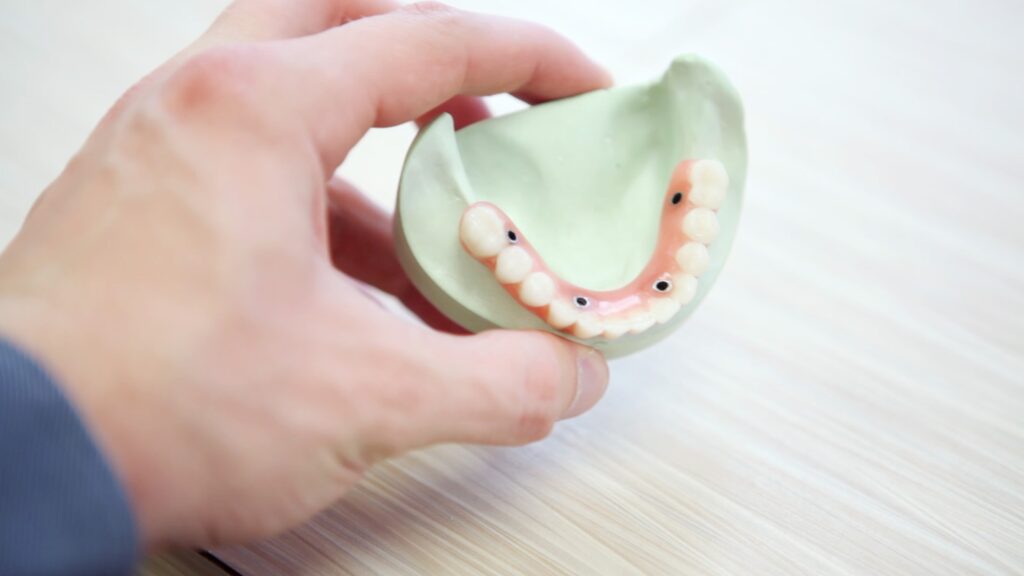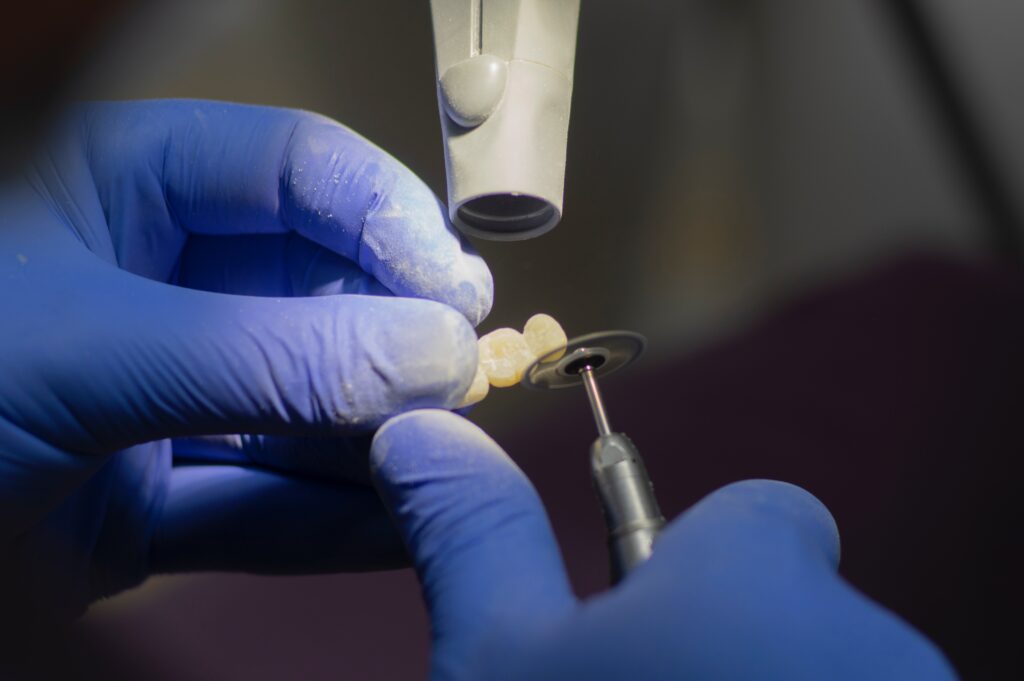Lower Partial Dentures: Cost, Benefits, and Types

Lower partial denture and Upper partials are needed when there are several missing teeth on the upper or lower jaw (arch). The teeth need replacing because over time the remaining teeth will try to fill the space in by shifting forward. Missing teeth also prevent proper chewing and will lead to digestion issues because the food isn’t as easy to digest. Having all the teeth in place also aids in better speech patterns.
What Type of Partial Dentures Are There?
There are several types of lower partial dentures as well as upper partials, out there to choose from. You and your dental health care professional can discuss which one is best for your oral health needs. There are benefits to each type, however, after gathering all the information needed they will be able to determine which one will work best for your dental health. A traditional partial denture uses a metal framework to adhere to acrylic material on top of. That framework is custom-built by using the models the dental office sends to the lab. The lower partial dentures are held in by metal clasps around the front teeth. These clasps can be seen when you smile. Then the acrylic teeth are selected to match the existing teeth and are set in wax. The next appointment is to try the waxed partial denture in to see if any of the acrylic teeth need to be adjusted and if the framework is fitting well. At this time you can tell the dentist to shift the teeth around to make sure the acrylic teeth are set in place so they will look like your natural teeth. Or as close as possible. Bring in an old photo of how your teeth were as a way for the dentist to see the position of the original teeth.
Flexible Partial dentures are made with a resin material called Valplast. This was developed by NASA about 30 years ago. It is becoming the dental favorite for situations that benefit the patient and their oral health care. Especially in special needs patients. It is very flexible and stretches to fit the mouth and around the teeth instead of the metal clasps. This material is more esthetic than a traditional partial denture. Flexible partial dentures (flexible rpd) are more comfortable than acrylic and will move easier when chewing food. They are easier to remove and keep clean as well.

How Much Do Partials Cost?
Each situation is going to be different. Every patient has different oral health conditions and needs. Many overall health issues can also influence what type of material the dentist will choose to use. Acrylic partial denture costs are higher than a valplast denture. The reason behind the additional cost is due to the use of the metal framework that the acrylic material is used on. The flexible partial dentures are less expensive and last about 15 years with proper care and maintenance. They cost between $900-$1500 per arch. The acrylics cost between $900-$3500 per arch. The cost depends on the number of teeth being replaced in each arch (top or bottom). The valplast denture is flexible enough that adding a replacement tooth later is easy for the dentist to do.

Conclusion
As discussed above, all patients are different and each situation should be evaluated as such. One treatment for a patient might not be the best for the other patient. All teeth are different and all dental arches are different and require customized and individualized care and treatment. Choosing what type is best for you is up to you and your dental health professionals. Billing is also an important topic to consider and discuss as some materials are covered benefits and some aren’t. Most dental offices will be happy to schedule a free consultation and encourage you to get a second opinion if you so choose.

